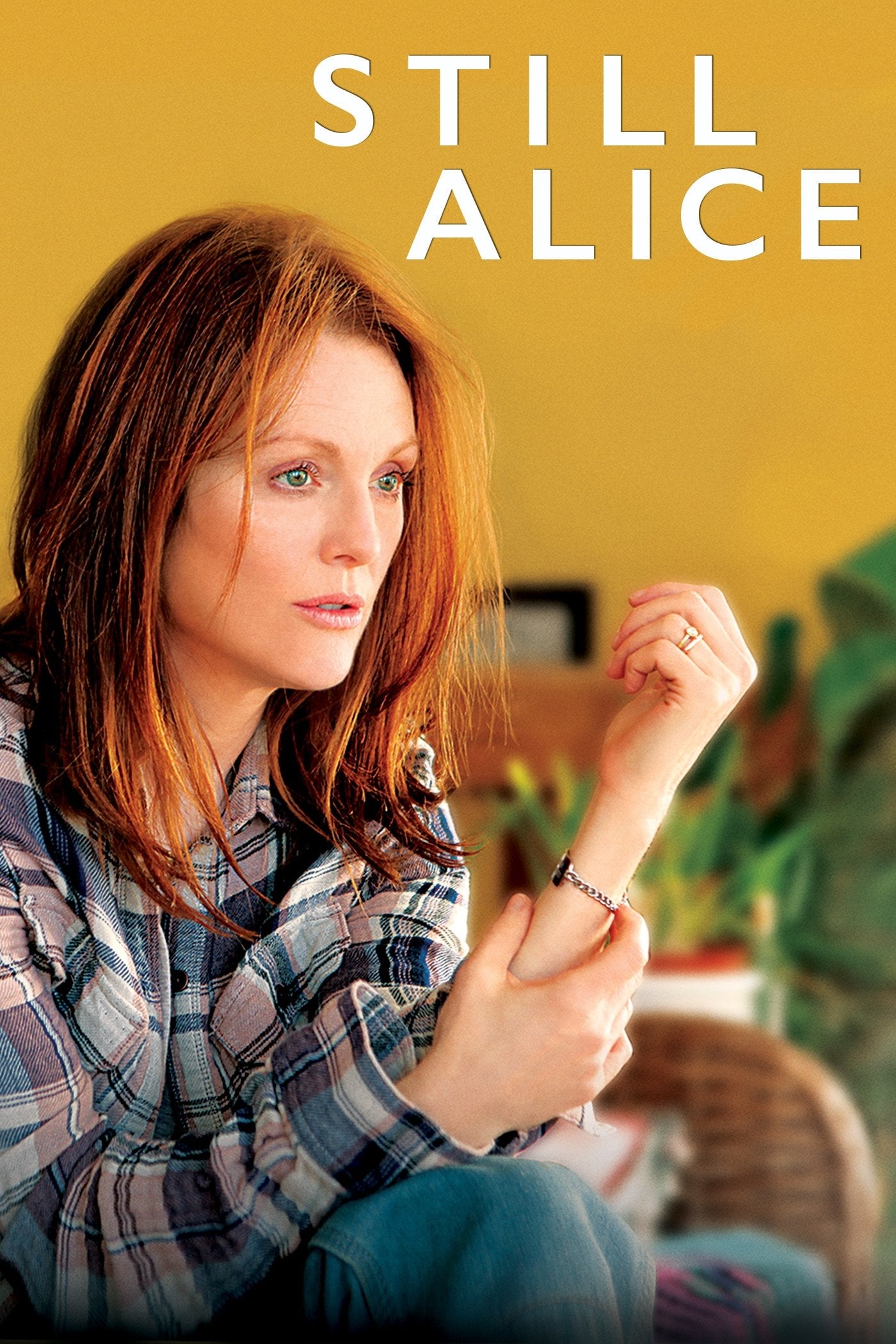What are the best home modifications to enhance safety for seniors
Keeping seniors safe at home is a top priority, especially as they age and face increased risks of falls and injuries. Making thoughtful home modifications can greatly enhance safety, allowing seniors to live independently with confidence. Here are some of the best changes you can make to create a safer environment for older adults.
**1. Improve Lighting Throughout the Home**
Good lighting is essential for preventing accidents. Seniors often have reduced vision, so bright, even lighting helps them see obstacles clearly.
– Use bright LED bulbs that provide clear illumination.
– Install motion-sensor lights in hallways, staircases, and bathrooms so lights turn on automatically when needed.
– Place nightlights in bedrooms and along common paths to prevent trips during nighttime bathroom visits[3][4].
**2. Eliminate Tripping Hazards**
Falls are one of the most common dangers for seniors at home. Removing or securing anything that could cause tripping is critical.
– Remove small throw rugs or secure them firmly with non-slip backing or double-sided tape.
– Avoid thick or uneven rugs that can catch feet or mobility aids.
– Keep floors even by repairing cracks or raised edges.
– Declutter walkways by removing cords, shoes, and unnecessary furniture[1][3][4].
**3. Add Grab Bars in Key Areas**
Bathrooms are high-risk zones due to slippery surfaces.
– Install sturdy grab bars near toilets and inside showers or bathtubs to provide support when sitting down or standing up.
– Make sure grab bars are securely anchored into wall studs—not just drywall—to hold weight safely[1][4].
**4. Enhance Stair Safety**
Stairs pose a serious fall risk if not properly equipped.
– Add strong handrails on both sides of staircases for steady support going up and down.
– Use non-slip treads on each step to reduce slipping hazards.
– Ensure stairs have good lighting with switches accessible at both top and bottom[1][4].
For seniors with limited mobility, consider installing ramps or stair lifts as alternatives to stairs altogether[1].
**5. Use Non-Slip Mats in Wet Areas**
Kitchens and bathrooms often have wet floors which increase slip risk.
Placing non-slip mats where water spills frequently—like near sinks—helps keep footing secure[1][3].
**6. Choose Senior-Friendly Fixtures**
Simple fixture upgrades can improve ease of use:
– Replace twist faucet handles with lever-style ones that require less grip strength.
– Consider touchless faucets which activate automatically without needing hands-on control—great for arthritis sufferers[2].
**7. Organize for Accessibility**
Keep everyday items within easy reach so seniors don’t need excessive bending or stretching that could lead to imbalance.
Clear pathways free from clutter also allow safer movement around the house[4].
—
These practical modifications don’t require major renovations but make a big difference in reducing falls and enhancing independence among seniors living at home. By improving lighting, securing floors against slips, adding supportive grab bars and handrails, using senior-friendly fixtures, and keeping spaces clear — you create an environment where older adults feel safe moving about freely every day.[1][3][4]





